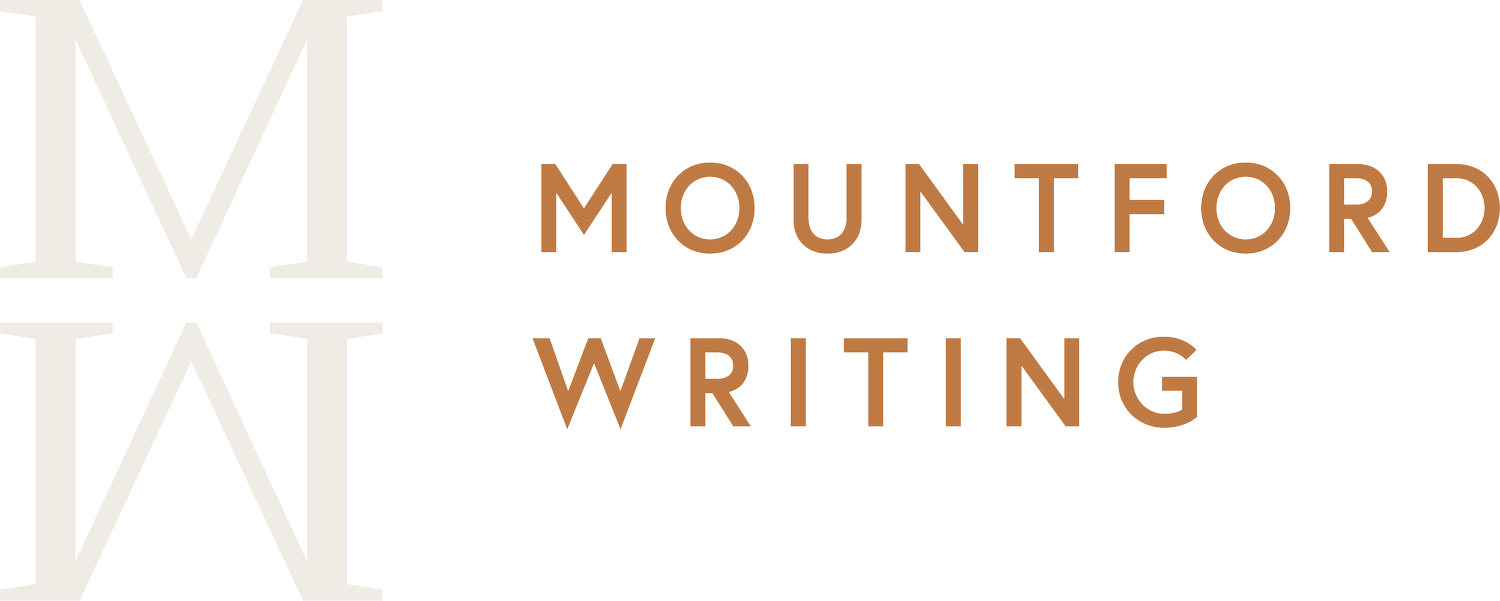What is a Developmental Editor?
What is a developmental editor?
A developmental editor reviews a writer’s book in progress, or sometimes a completed manuscript, and helps diagnose problems. This editor can help troubleshoot novels, memoirs, creative nonfiction, or collections of short stories and essays.
Generally, the editor reads through a book to figure out:
What’s preventing the book from thriving
Why literary agents are rejecting the book
Why the author is having trouble securing a traditional publishing contract
Sometimes publishers or agents encourage authors they’re working with to hire a developmental editor, as well.
What Does a developmental editor Do?
On the craft level, a developmental editor assesses a client’s choices in all of the following and recommends strategies to fix the problems:
Tone and Voice
Point of view/narrative distance
Plot/structure
Lines of tension
Characterization
Dialogue
Theme
Organization
Pacing (Scene versus summary)
Developmental Editor: An Example
Here’s an example of how I work as a developmental editor, although other developmental editors may work differently.
A frustrated writer reaches out to me, often unsure why the book they’re working on isn’t quite achieving its full potential. Maybe the client worries too much is going on, or they can’t seem to get a literary agent to respond.
I take a quick look at the first few pages to make sure I can help this author. In some cases, the book is fine—and in that case, congratulations! I’m not going to add much value, or perhaps I can help find the right agent for the book.
If I can help, I’ll usually ask for the first 50 pages of the book and a synopsis of the rest. Occasionally, but rarely, I’ll ask to see the whole book.
Reading and responding to a client’s first 50 pages takes me about 6 hours. More often than not, any craft concerns (see the above list) will present themselves loud and clear in those first 50 pages. After all, you don’t need to watch someone run an entire marathon to see if they’re in shape or if there are quick fixes that will make a massive improvement.
After a couple weeks, I return 50 pages in one document, with lots of notes in margins, and a 3-4 page single-spaced summary of all my findings, including strengths and places for improvement.
Does my book need a developmental editor?
Yes, if the following statements might be true:
I don’t know why my book isn’t working
Readers find my book confusing
Readers think my book is boring
I show my book to friends and family, and they say they like it, but can’t quite figure out why something seems “off”
Agents aren’t returning my queries or calls
In general, the person most able to benefit from a developmental editor is someone who has taken writing classes in the recent past, or participated in workshops.
This writer has a strong familiarity with writing craft concepts, and can apply a developmental editor’s notes about amending pacing or other writing issues.
Example of a Developmental Edit
You’ve written a fairly low-drama story, maybe about someone finding true love while navigating midlife’s difficulties. But the book was written from a distant, third-person point of view: Mary adopted a rescue dog, she goes on dates, but the reader doesn’t have much access to what Mary’s thinking. The narrative voice is also fairly muted.
As a result, we don’t get a sense of your character’s witty asides or unique way she sees the world. In this case, the story/plot is toned down, but the voice and the character and the style are also all toned down. All of the knobs are turned low. Some of these knobs need to be turned up, or the reader will give up.
That voice and interiority can be one way to resolve the issue and make readers become more engaged, to keep them turning pages. Inside her mind, we hear how her new rescue pup whines constantly and needs training, her boyfriend has weird hygiene habits (and needs training)...and she’s terrified of commitment to either one.
Also, if there is not much interiority, it’s likely that the dialogue will suffer, as well, because characters will end up having to do exposition through dialogue, which feels unnatural. Some sources of tension might not be revealed, because they are too subtle to be observed by a distant narrator.
In this case, I’d suggest moving to a closer point-of-view, and turning up the voice, to compensate for the lack of high-stakes drama.
Or we might explore ways to turn up the heat on the plot using the kinds of techniques I outlined in my recent essay for Writer’s Digest. Maybe the dog really hates her new boyfriend? Maybe the boyfriend is allergic to dogs. Deathly allergic. Maybe has a traumatic experience with dogs, and “loses” the dog one day on a walk.
Developmental Editor vs. Book Coach
Book coaching works on a different model. With book coaching, we generally meet by Zoom, although sometimes there’s no meeting, and we work in small chunks on text together, usually about 10 pages per hour.
This approach is a great way to learn very quickly how to fix your own book, and can be helpful for works in progress.
With a coaching session, I’ll screenshare the client’s document as I read it aloud and track changes as I make notes, pausing when something grabs my attention or when a problem arises.
It sounds awkward, sure. But most clients say it’s fairly painless.
Sometimes, clients come in for a developmental edit and actually want more of a writing coaching situation. For example, if you’ve written a book that’s fairly decent, but having problems writing and placing essays on online sites.
Developmental Editor vs. Copy Editor
Copy editors are looking for typos, grammatical errors, and other small but important mistakes.
They’re like the person you call in to touch up the paint job. Important, but different level of work than a developmental editor — often something you do late in the process.
Staying with the metaphor, a developmental editor may ask you to replace the siding, replace some doors…and your house may end up with a second story by the time you’re done.
Developmental editors are trying to help you get the most money for your house, and sometimes the structure needs significant changes to be marketed well—and livable.
FAQ About Developmental Editing:
What role does the developmental editor’s client play?
Adapting to this strange way of learning about writing—where you make an adjustment to one element of craft, and it has impacts on other aspects. Change the voice and the plot’s different. Being open-minded and curious and trusting about your book as it changes, versus defensive or worried (although I get that, and am patient with the same feeling in others).
Developmental editors are all a little different. I have high expectations and standards, and enjoy working with clients collaboratively to create deadlines and next steps. But I’m also compassionate and empathetic about the entire process from the first draft to getting the right agent to going on book tour.
What’s the developmental editing rate?
This depends on the editor, experience, and approach. Some developmental editors charge a per-word rate or base the rate on page numbers or time spent. Some developmental editors charge a flat rate for a book.
This kind of editing can be worthwhile, but gets very expensive very quickly. While you can reduce costs by hiring a “cheap” editor, it’s probably more worthwhile to get developmental edits on a batch of pages. Then, apply what you’ve learned to the rest of the book.
What background should a developmental editor have?
They published writing, hopefully. Make sure a developmental editor has clients who’ve published in recognizable magazines, websites, or other publications. For developmental editors, you want to ensure that clients are getting published by major publishing houses.
What is the difference between a developmental editor and a beta reader?
A beta reader is a regular person, likely someone enthusiastic about reading and writing. Beta readers often don’t want to offend a writer, and tend to be generous and encouraging. Unfortunately, this may lead to significant problem in a book going unaddressed.
Sometimes a beta reader may sense something is wrong in a story or novel but can’t articulate why—they don’t see how all of a story’s craft elements work together. For example, the beta reader might think the problem is in a “plot,” but the plot’s actually fine—the stakes just aren’t high enough, or pacing is the real issue.



